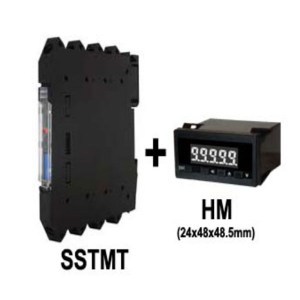Control, Process, Display
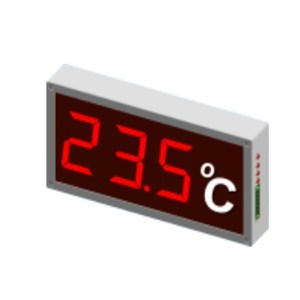
Big Process Display
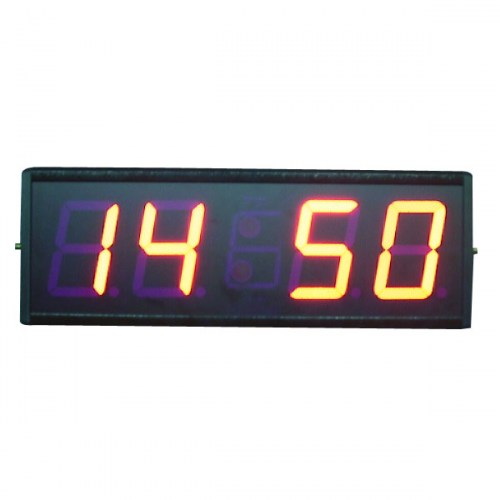
Digital Clock
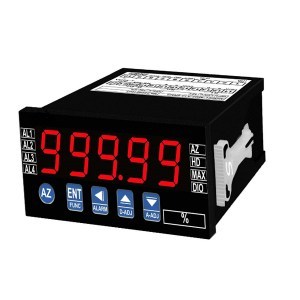
Meter Relay
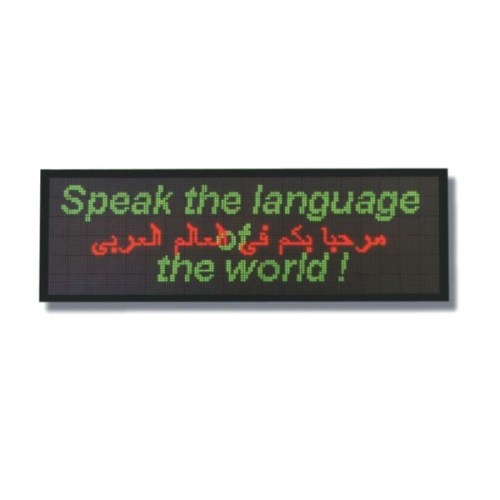
Moving Display
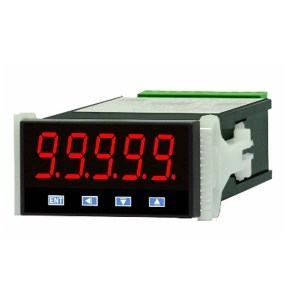
Panel-Mounted Meter
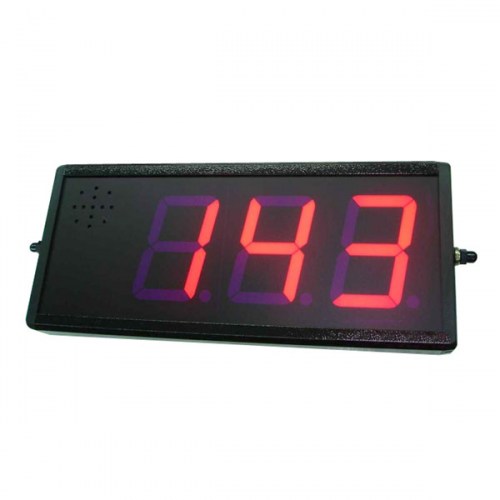
Queue Number Display

Sensor

Tachometer
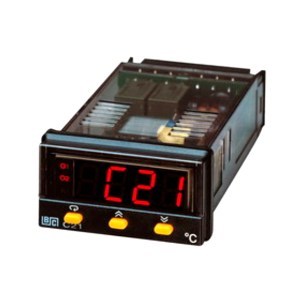
Temp Controller - Brainchild, Fox, Caho
Industrial Temperature Controller
The majority of manufacturing businesses employ temperature controllers. Temperature controllers are required in textile mills, pharmaceutical plants, and oil refineries. Industrial temperature controllers keep a process, plant, or substance at a consistent temperature. As the name implies, a set point is the desired temperature that must be maintained.
Why is Temperature Control Essential?
It is critical to have correctly installed heating and air conditioning systems in an industrial environment since sustaining optimal temperatures on a manufacturing line may make a significant difference in the profitability and efficiency of the business. It's easy to overlook the impact that temperature has on the entire manufacturing process, yet without proper temperature control, entire production lines can come crashing down.
Too high or too low a temperature destroys the product and wastes resources. Foods and medications, for example, can both be damaged if they are prepared in an atmosphere with high temperatures.
When chemicals are included in an industrial process, they must be handled properly. When coatings and other chemicals are applied to objects as part of the manufacturing process, the pace at which chemical reactions occur may be affected by too high or too low temperatures.
How Do Temperature Controllers Work?
Devices that measure and regulate temperature are known as temperature controllers. The industrial temperature controller, classified as thermocouple-type or resistor-type, collects the temperature change from the sensor and communicates the measured data to the electronic processor. There will be a preset temperature fluctuation range that the output device will maintain. A reaction is then triggered to bring the actual value closer to the specified point. A common control algorithm alters the output power value when calculating the output.
Types of Controllers:
There are many distinct industrial temperature controllers, each with a unique design and set of functions. Additionally, controllers can be categorised in numerous ways based on their capabilities. There are two basic types of temperature controllers: single-loop and multiple-loop. Single-loop controllers are helpful for thermal systems with a single input and several outputs. On the other hand, multi-loop controllers have many inputs and outputs and may control multiple loops of a process at once. The more control loops there are, the more functions can be controlled.
Sophisticated profilers can automatically perform up to eight set point adjustments over a given period, whereas important devices only require a single manual set point change.
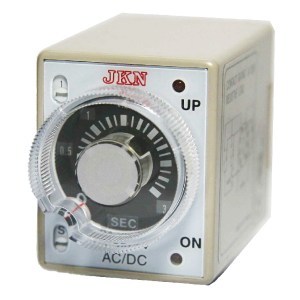
Timer, Counter
